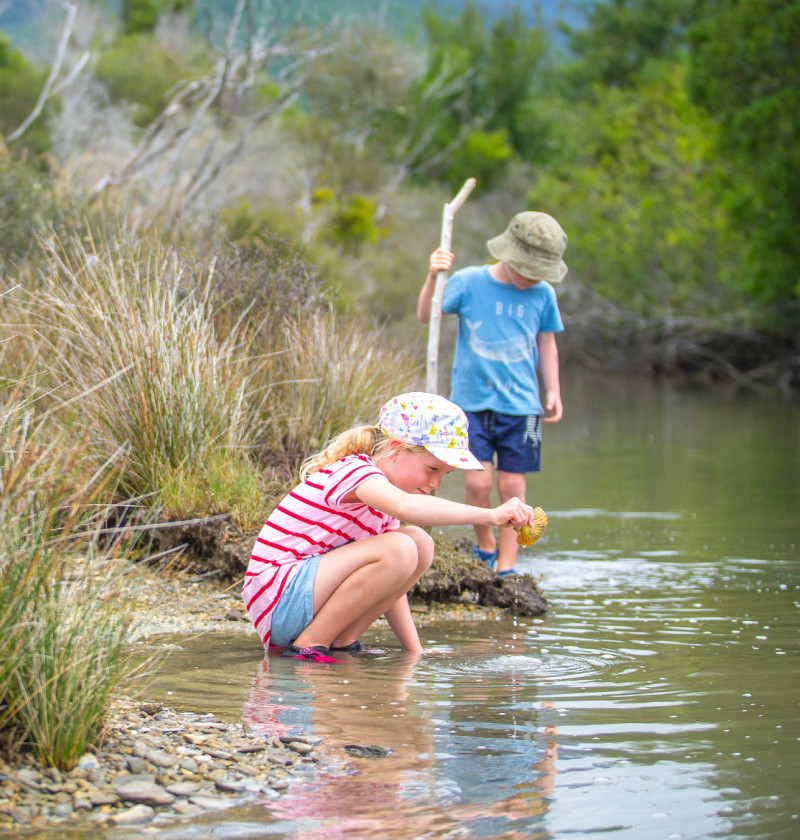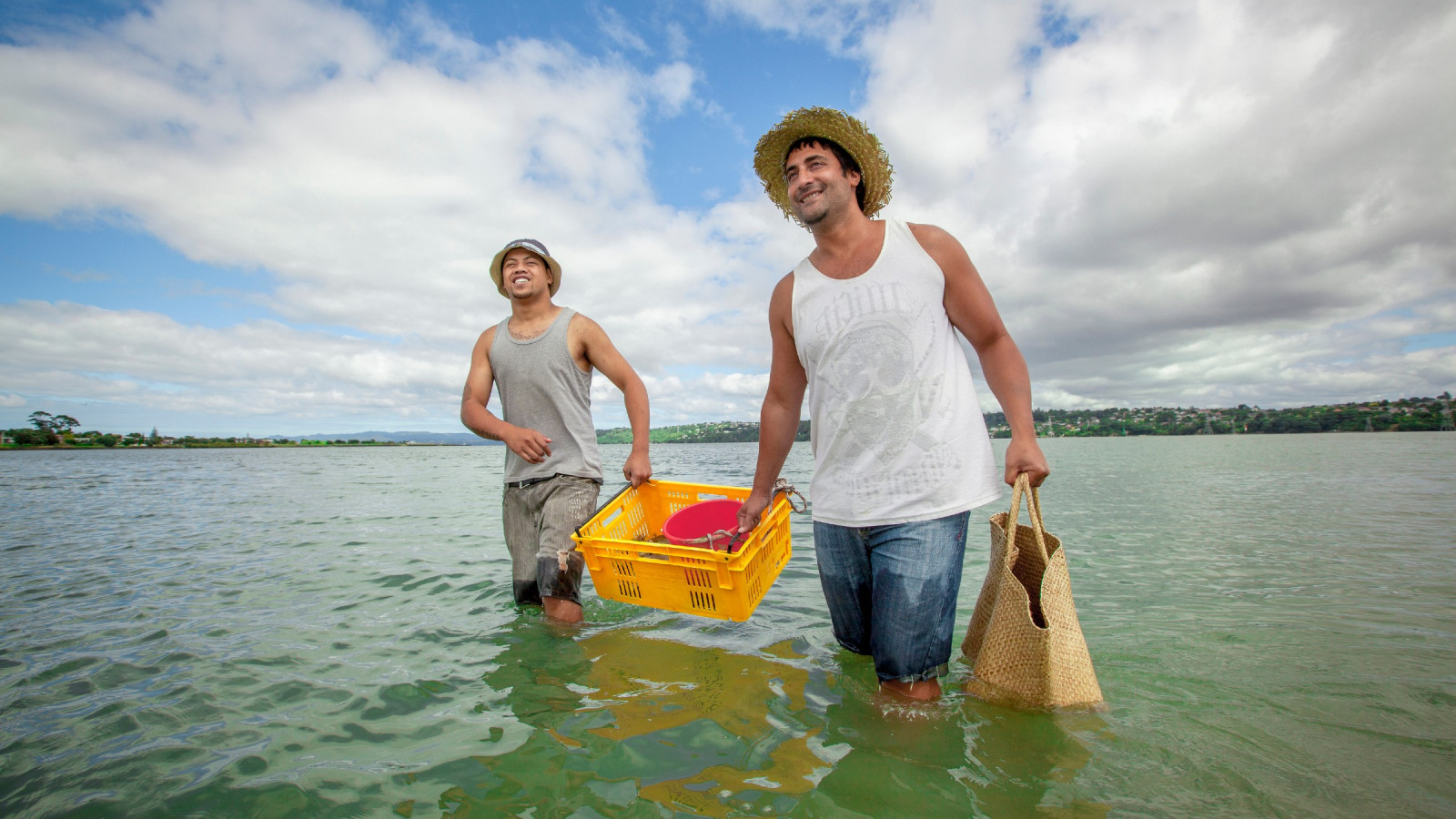Understanding our environment

Our environment is complex and multi-dimensional, and changes in the environment can have multiple causes and happen at different rates. The time it takes for the effects of a change to show can also be significant, which makes establishing a cause harder.

Image: photonewzealand
Each place is also distinct because of the environmental conditions and the people who live there – what they do, how they make a living, what they value, and what they want to achieve. All of these are important and have effects on the health of their local environment.
Good progress has been made on understanding particular aspects of our environment but many significant gaps in our knowledge remain. These are highlighted throughout Environment Aotearoa 2019 and include how the environment functions as a whole system, the cumulative impacts of multiple pressures, regional variations, and where tipping points (when change becomes irreversible) may exist. More work is needed to address these challenges.
Environmental data and knowledge currently come from many sources, including scientific data, computer models, monitoring data, cultural monitoring systems, and citizen science. Finding good ways to draw on all of these sources will provide the richest picture of our environment.
Collecting and analysing data, and exploring scientific knowledge, take time and money. Taking opportunities to align our efforts across the knowledge and reporting system would enable New Zealand to be better equipped to understand the effect our actions are having on the environment, as well as deciding what our response to that understanding should be.

Understanding our environment
April 2019
© Ministry for the Environment